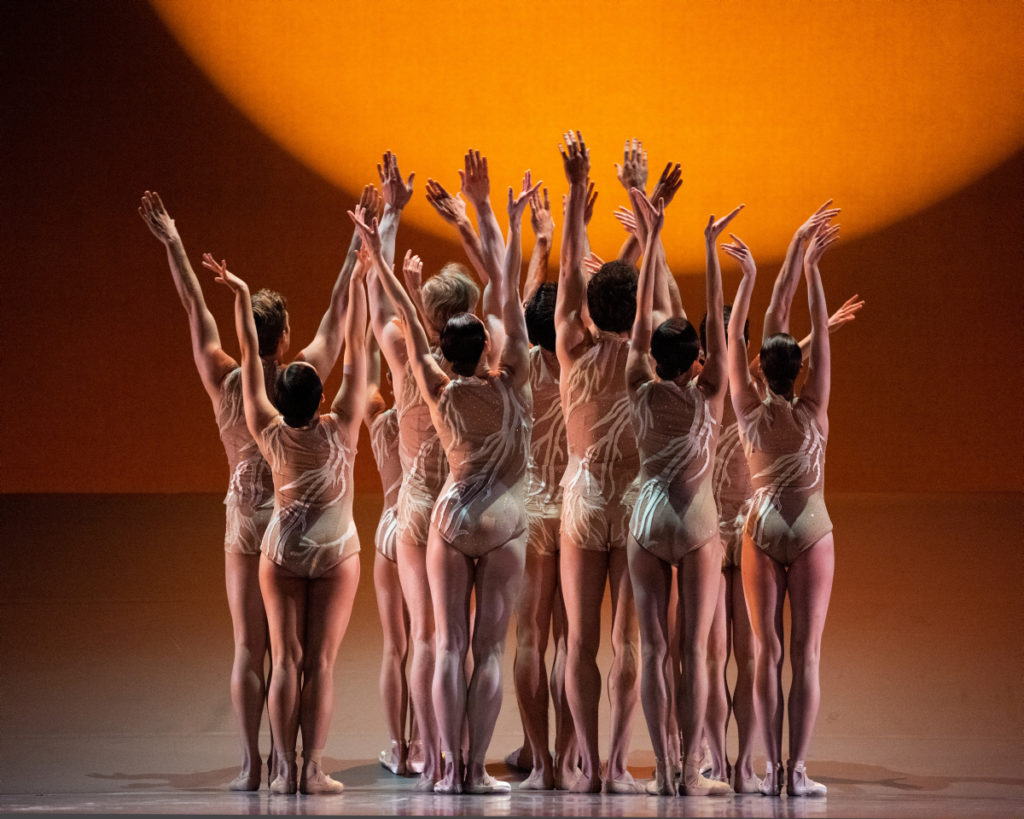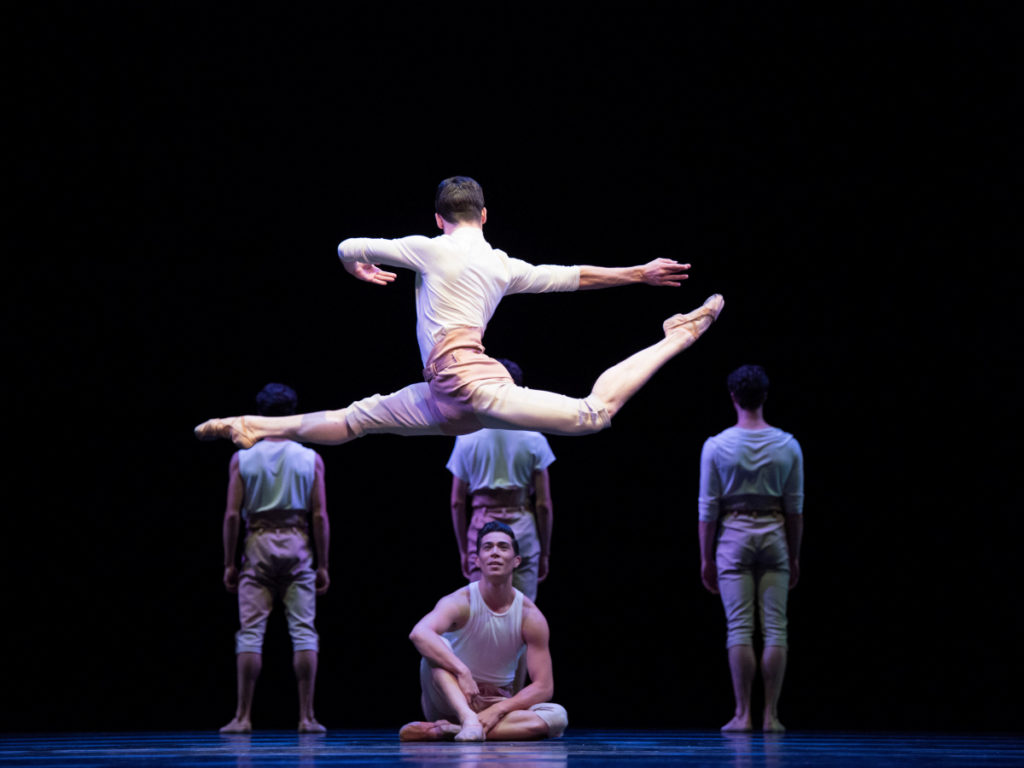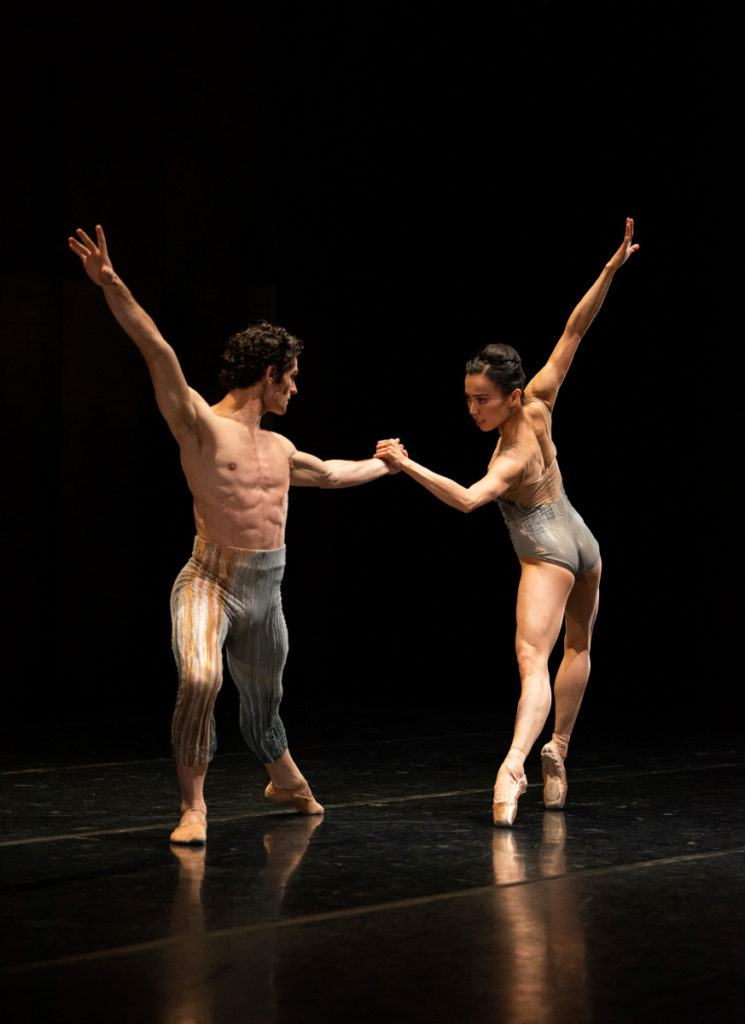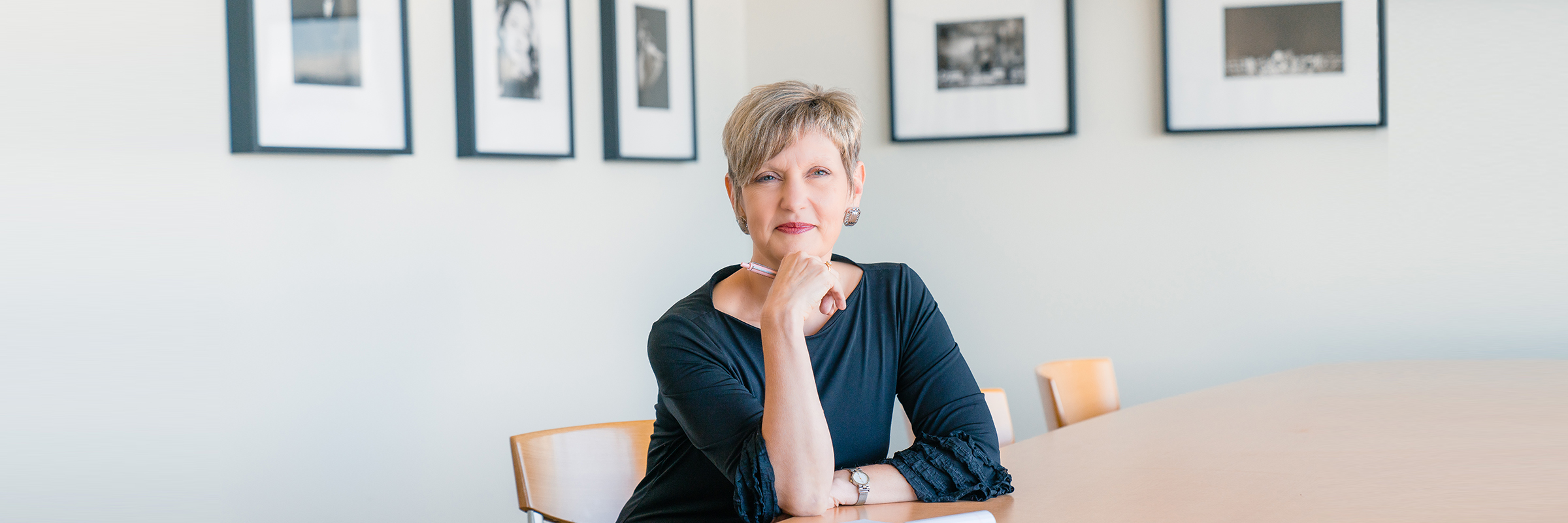Leadership During Global Crisis
A Conversation with Executive Director Kelly Tweeddale by Dance/USA
‘Our opening night would be our closing night’
By Lisa Traiger
“I’m running a $52-million ballet company out of my San Francisco apartment,” Kelly Tweeddale said with a rueful laugh last week. “Even though we’re all at home and we might be in our sweats,” she added, “everyone is working harder than they’ve ever worked in their lives.” Tweeddale especially.The arts manager has 30 years of experience including as the former president of Vancouver Symphony, executive director of the Seattle Opera, along with leadership positions at the Cleveland Orchestra and the Seattle Symphony. In the early 1980s, she began her career as an administrator at an improvisational dance company.
Tweeddale just joined San Francisco Ballet, one of the nation’s oldest dance companies, September 2, 2019, where, as executive director, she oversees 350 employees, including 78 dancers, 49 musicians, faculty and teaching artists at the school, and administrative and artistic staff; at peak season, employees go up to 450 and payroll ranges between $2.3 million and $3 million a month. Then a global pandemic changed everything.
Talk about a first-year trial by fire.
She is undeterred, noting, “In some ways, having lived through the 2008 financial crisis, many of us feel we’ve been through something kind of like this. But, in truth, there’s nothing like this pandemic. I feel like everything in my career has prepared me for this moment. And nothing has prepared any of us for this moment.”
San Francisco was one of the earliest U.S. jurisdictions to face closures and, ultimately, shelter-in-place orders. The ballet felt the ramifications on the first day. “March 6 was opening night of our Midsummer Night’s Dream. As we were taking the stage, we got the call from the city that they were closing the War Memorial Opera House. Our opening night would be our closing night.”

Navigating Uncertainty
Tweeddale said, “Helgi Tomasson, the company artistic director] and I looked at each other and I said ‘We’ll either look at this, and say it was the biggest overreach ever or we’ll look back at this moment and say it was the most brilliant decision ever.’” Looking back, she feels fortunate that city leadership made decisions that erred on the side of health and science, even with the overwhelming ramifications those have for the 87-year-old ballet company.
To navigate uncertainty during this trying period, Tweeddale has relied on Tomasson, whose 35-year tenure at the company has been a godsend to her. She also included SFB’s 52-member board, and former dancer-turned-doctor Richard Gibbs, who started the company’s wellness center, as instrumental in providing guidance to help the organization navigate the COVID-19 pandemic. Dr. Gibbs runs a free medical clinic in San Francisco and has offered essential advice to Tweeddale and the leadership team as it develops plans and protocols amidst the pandemic. “We thought about what social-distance seating might look like if that was the next step. Then the shelter-in-place [order] came March 16, to begin on March 17. We had 24 hours to notify everybody in the organization that we would be sheltered in place. That was a game changer.”

Staff and Dancers Come First
Tweeddale’s next step was personal. She said, “Regardless of everything else, we have to take care of our workforce. This is a public health pandemic. Health care has to be at the forefront and compensation – for our staff and dancers. I don’t know how we’re going to do it, but everything else is up for grabs.”
She noted that the company has the ability to meet its obligations through June 30th right now. “We’re rethinking how we will announce our next season and what will it look like. We’re going through scenario planning.”
That included making a list of assets, which Tweeddale noted isn’t typical to do in a crisis. Among them is the school itself, which has a drive-through carpool lane where parents drop off their kids for class. These days, the ballet is partnering with a food bank that uses the drive through as a weekly popup to serve the community. Dancers and staff volunteer to help with the distribution. “That keeps us connected with our community. We also are working with providing volunteer support and some staffing support for the free medical clinic for people who don’t have health care.”
Looking forward, Tweeddale said, “We’ve set very clear goals for what we’re doing right now. I will say in 2008 at other organizations, I vowed after that experience to never let the balance sheet lead the conversation, because when the balance sheet and the financial sheet lead the conversation, you lose touch with your mission. That doesn’t mean you don’t have to pay attention. There’s reality about what you can afford to do.” The question became: “How do we lead the organization through this so that we have something on the other side that is committed to the art form? It has to be more than ‘just how much money will we lose?’”
To that end, scenarios to support the dancers have been paramount. While Tweeddale noted that many arts organizations worry about how to get audiences back in theaters, “We are starting with how do we get the artists back into the studio so they can at least take company class so that they don’t lose their entire careers. We want to be ready when the time comes to create again. That’s a different approach, we think, because you won’t have audiences if you don’t have dancers.” They don’t know what that might look like yet, but they’re brainstorming different models, smaller company classes, taught in shifts, keeping masks on, and other revised health and safety protocols.The leadership team is considering using the wellness center for COVID-19 testing to get the dancers back in the studio. By dividing the company into cohorts: “We’ll have dancers who only take class together and we’ll have multiple classes, so if there is an outbreak, we keep it contained.”
While not many companies have the budget and staff of SFB, Tweeddale believes a few approaches she’s followed can be useful as the field moves forward toward a new normal.

Don't Be Afraid to Break the Rules
First, “Throw away ‘this is the way we work’ and be willing to innovate. Be willing to say ‘yes’ to as many things as you can, because right now we’re in a world of ‘no.’ There's something energizing when you say, ‘Yes, we're going to do this. We’re going to give it a try.’”
Next, she urged: “Don’t be afraid to break those rules.” For example, the executive team, which had been working for a couple of years on developing a digital stage, had just settled on a three-year-plan shortly before the coronavirus pandemic. That was how long Tweeddale and the executive staff thought it would take to negotiate releases from the unions. “Now all of a sudden we are at year three,” she said. “Sometimes it takes a crisis to break the rules. Our partners and our unions see the value. This is an opportunistic moment to do things differently; do not overthink it.”
New Ticket Models
As SFB and companies around the world pivot to online and virtual means of sharing work, Tweeddale acknowledged that as much as every company would like to monetize its online presence, it might be too soon. “We have a whole community that is discovering [an art form] that they may have forgotten about or never experienced,” she said. “We need to be benevolent in understanding that this is a welcome mat. There will be time to talk about monetization and it will be critical. But if you think about the digital platform, it was developed based on free access first. Monetization came second. We have to be willing to understand that that’s how the digital platform works. You have to create value before you can create a paywall. I don’t think any of us have the answers yet.”
One model that appeals to her subverts the concept of single ticket sales or the single ticket buyer. “It might be that the value may not look like a ticket, a ticket buyer. The value might look more like, ‘I don’t want to lose this incredible asset in my community and I’m going to contribute. When I contribute, I get a certain additional access,’ like a membership, with a series of experiences that you get because you care deeply.”
Additionally, Tweeddale and her team have considered what the comeback might entail. “Initially we thought it might be a sequential coming back to the stage and to the audiences. Now we believe that we may be back in fits and starts. That means that we may come back and then there might be an outbreak and we shelter again. We might come back for a year but there might be another type of pandemic that we haven’t even thought about yet.”
The idea of managing according to a three- or five-year company plan is a thing of the past. “We’re talking about how adaptable and agile can we be. We’ve talked about the virtual and physical ticket. When you buy a ticket in the future will it be a physical and virtual ticket? Then, no matter what happens, you have access, which means it is important to archive and capture performances, even if you can’t have an audience. This is the time to figure it out.”
Lisa Traiger edits From the Green Room, Dance/USA’s online journal, and writes frequently on dance and the performing arts for publications including Dance, Dance Teacher and Washington Jewish Week. An award-winning arts journalist, she is a former co-president of the Dance Critics Association and holds an MFA in choreography from University of Maryland.
Header Image: Kelly Tweeddale // © Brandon Patoc








